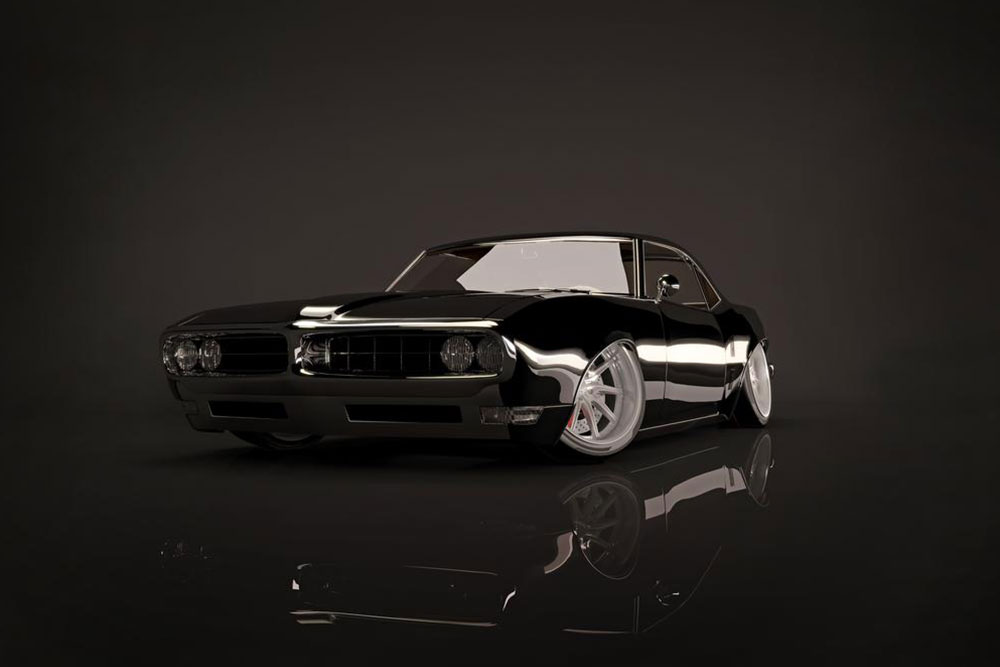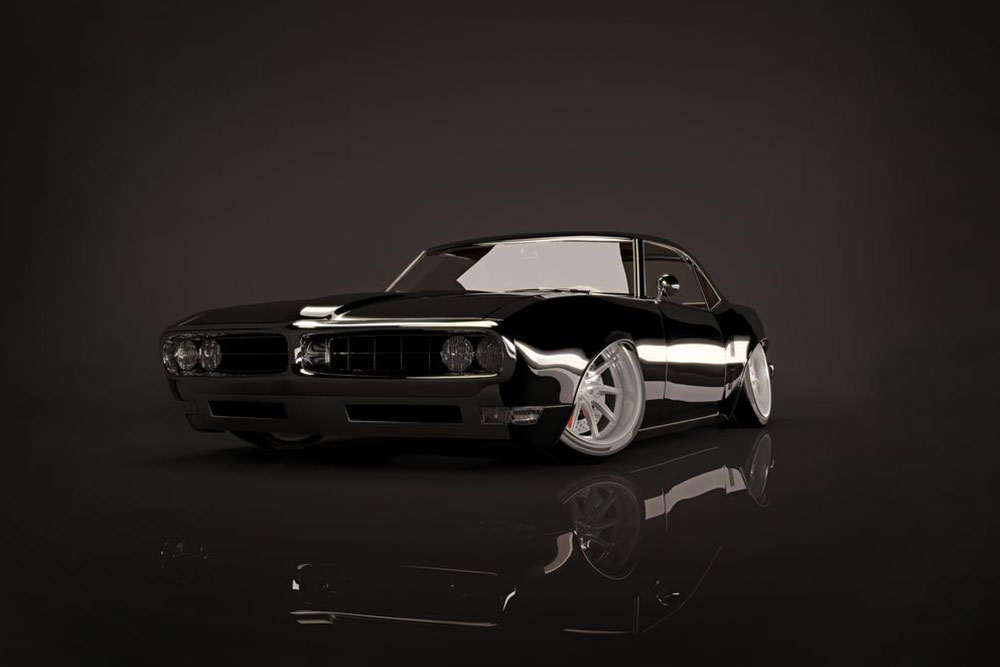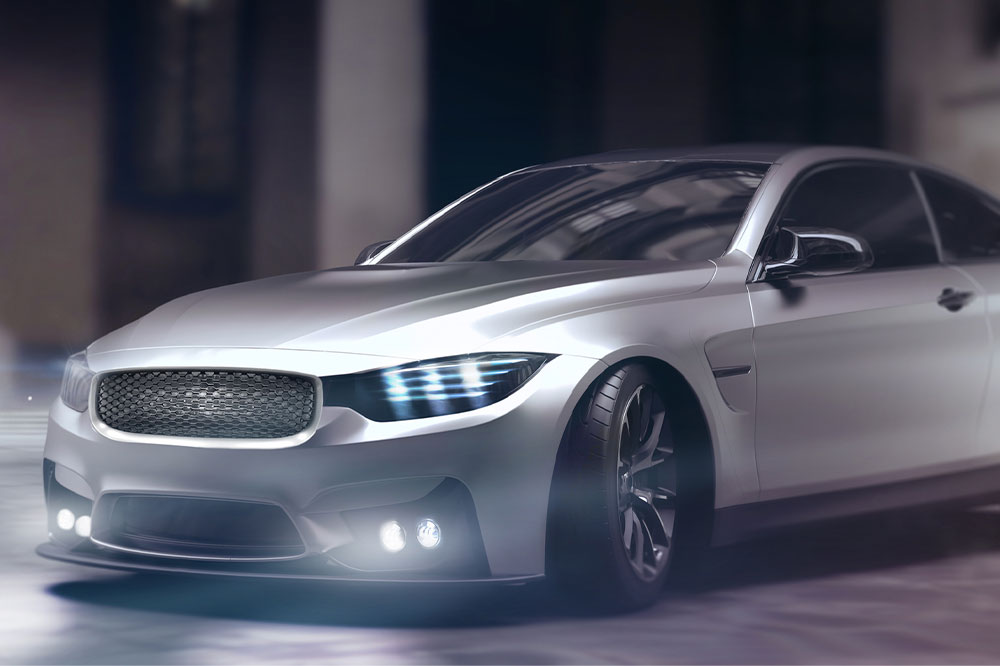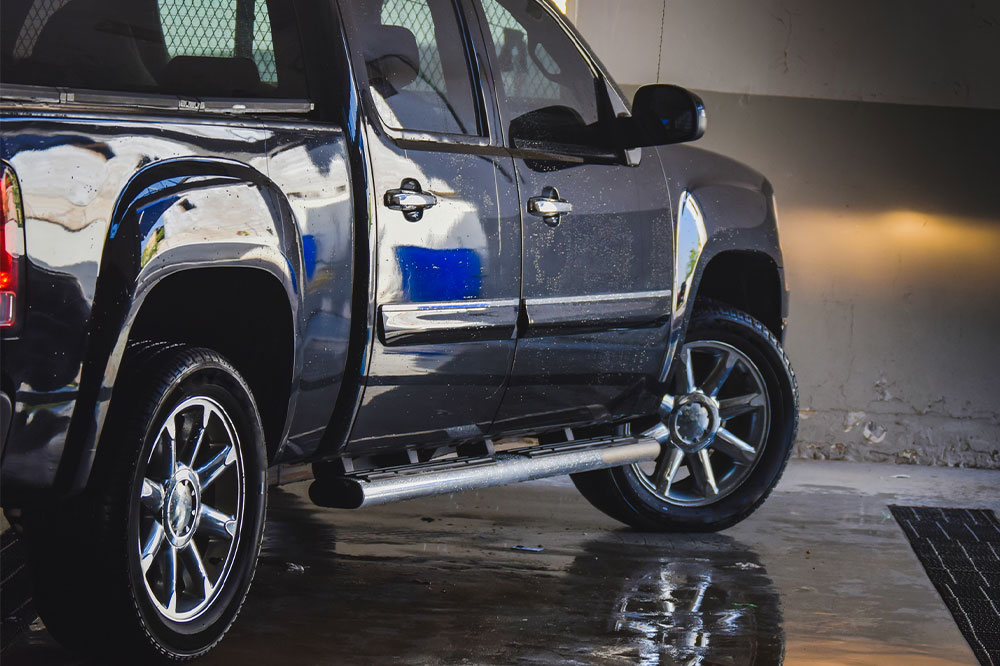Key Characteristics That Define a Classic Muscle Car
This article highlights the essential features that characterize both vintage and modern muscle cars. Key elements include powerful V8 engines, impressive straight-line speed, rear-wheel drive, and a balanced blend of performance and practicality. These features ensure that muscle cars retain their iconic status and appeal among enthusiasts and everyday drivers alike.

Key Characteristics That Define a Classic Muscle Car
Born in the 1960s, American muscle cars gained fame for their incredible engines and high horsepower. These vehicles, including legends like the Ford Mustang, Chevrolet Camaro, and Dodge Challenger, are built for speed and power. While they've evolved over decades, certain features remain essential to capturing the spirit of a true muscle car. Here are four critical aspects that make both vintage and modern muscle cars stand out.
V8 Engine
At the heart of every muscle car is a powerful V8 engine, producing impressive horsepower and acceleration. Iconic models like the Mustang, Camaro, and Challenger showcase high-displacement engines exceeding 5 liters, delivering exceptional performance and raw power.
Straight-Line Speed
One of the defining qualities of a muscle car is its ability to accelerate quickly in a straight line. Modern variants can complete a quarter mile in less than 14 seconds, highlighting their improved performance compared to classic models.
RWD Configuration
Rear-wheel drive remains a signature feature, enhancing driving dynamics and style. Despite rising popularity of all-wheel drive, RWD allows for dramatic maneuvers like wheelies and controlled drifts, emphasizing the vehicle's muscle car identity.
Performance with Practicality
Designed to be accessible, muscle cars offer reasonable rear seat space and affordability, making them suitable for everyday use and enthusiasts alike. Their blend of performance and practicality continues to define their enduring appeal.


